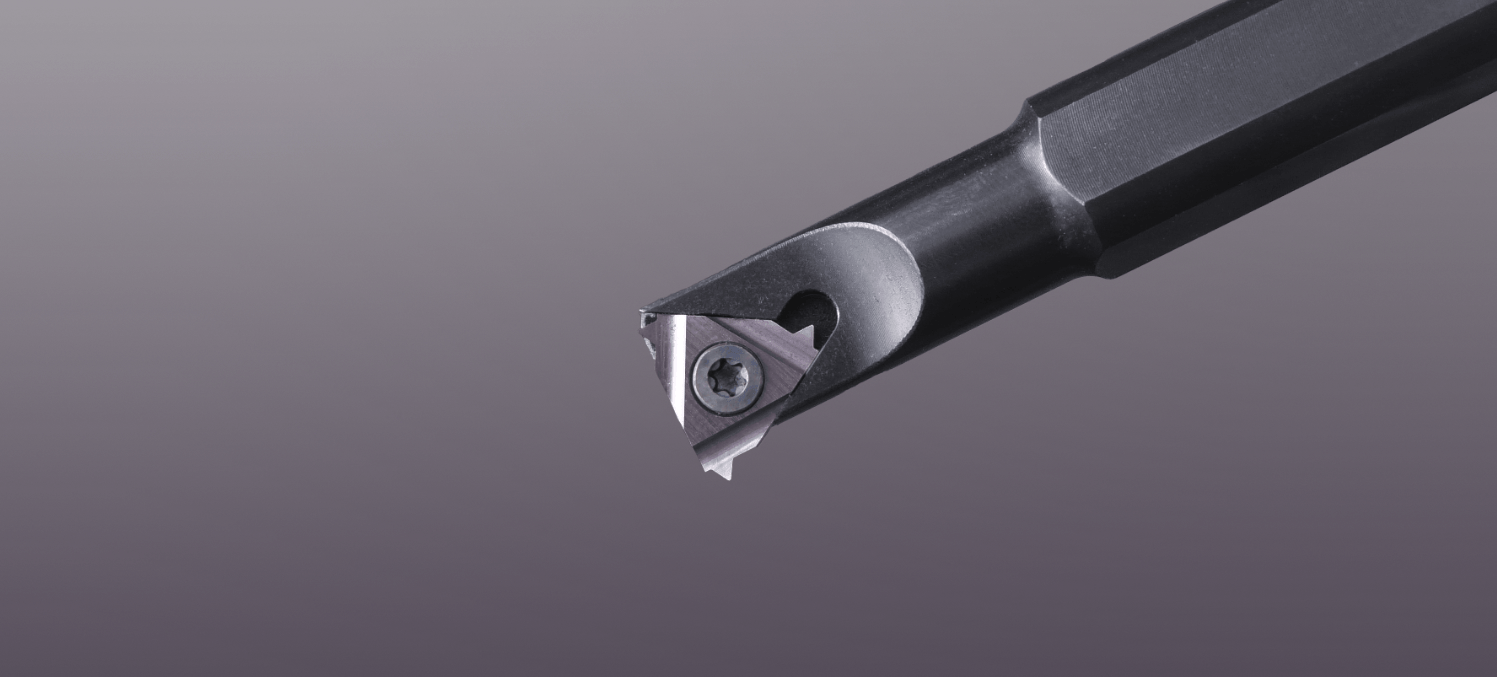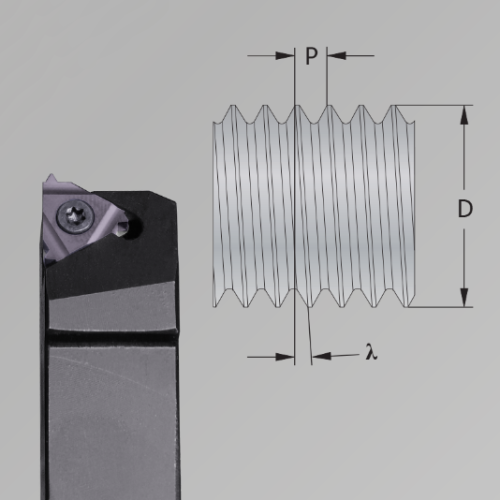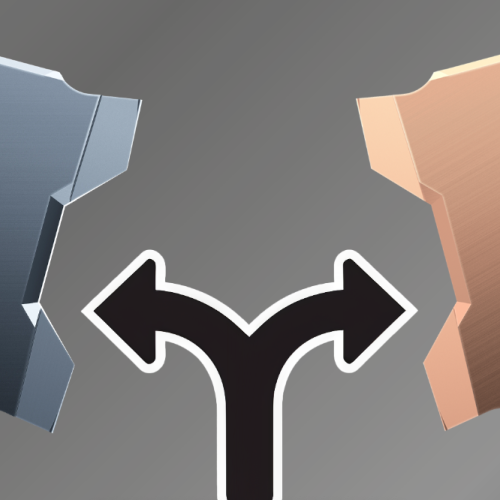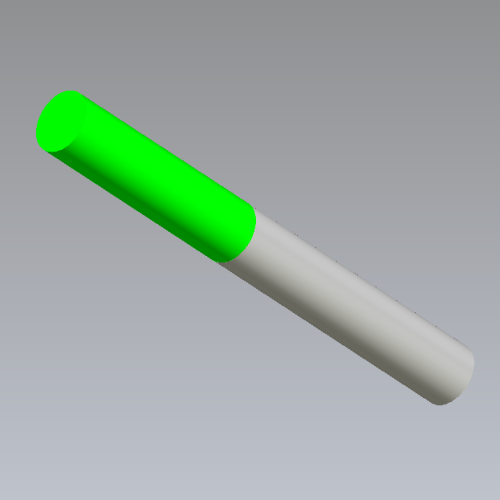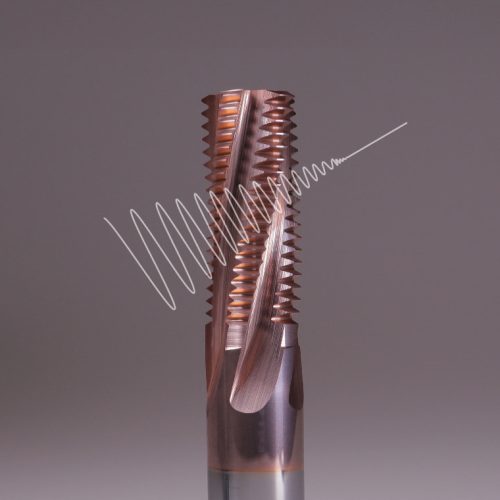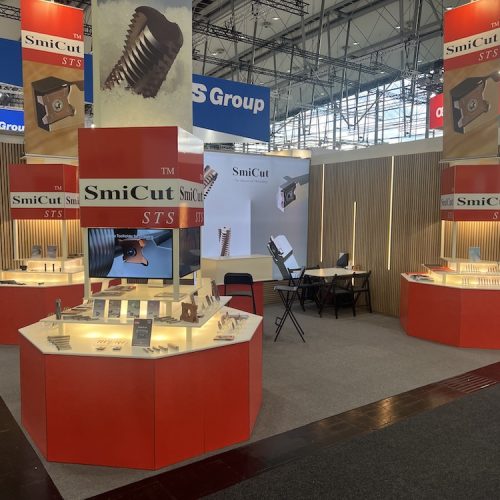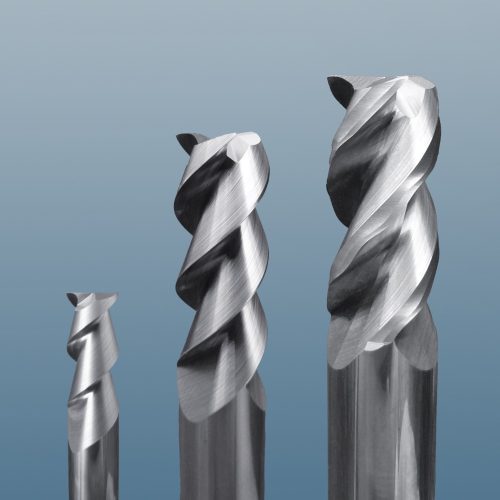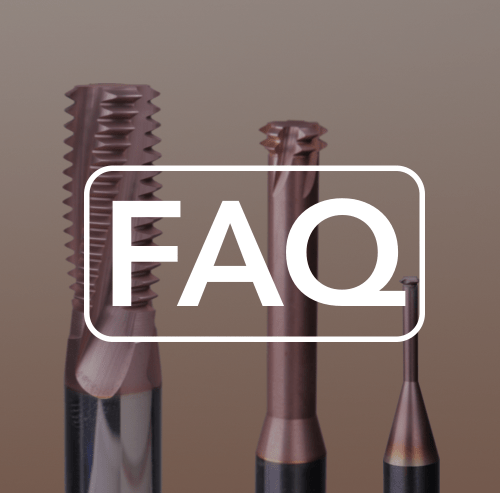Why Does Minimum Bore Diameter Matter?
When producing internal threads with a thread turning operation, one important factor is the minimum bore diameter. This dimension plays a key role in selecting the right tools for a specific thread.
Firstly, in the SmiCut catalogue, we specify the approximate minimum bore size for each toolholder. This is the smallest diameter that the tool can enter. However, it’s important to note that the actual size can vary depending on the insert you use.
To assist you further, we’ve developed a chart that helps you determine the exact minimum bore diameter for our thread turning toolholders, based on the insert used.
Selecting the Toolholder and Insert with the Right Minimum Bore Size
Selecting the right tools for threading operations is crucial for precision and efficiency. To ensure you choose the appropriate size of the toolholder and insert, follow these steps:
- Analyze the Thread Drawing: Start by examining the thread drawing to understand the required bore size. Pay attention to the minor diameter of the thread, as this provides an indication of the minimum bore size needed.
- Check Toolholder Dimensions: Next, see our Catalogue or Online Store to review the dimensions of the toolholders. Compare the approximate min. bore diameter provided in the catalogue with that indicated on the thread drawing. This will guide you in choosing the right toolholder. If you are uncertain about the suitability of the toolholder, go to the next step to determine the exact dimension.

By knowing the correct minimum bore size measurement, you can choose the best tools for the threads you need to produce.
- Use Our Detailed Chart: To help in your selection and to minimize uncertainty, we have developed a chart. This chart simplifies the process by aligning the ‘X-measurement’ of each insert with the corresponding toolholder, thus determining the exact minimum bore size. Here’s how you can use it:
- Select Your Toolholder and Insert: First, choose the specific toolholder and insert you plan on using for your threading operation.
- Consult Our Chart: Refer to our PDF chart, which lists all our toolholders.
- Find the X-Measurement: Locate the X-measurement for your chosen insert, available in the SmiCut Catalogue or on the SmiCut Online Store.
- Match to Determine Minimum Bore Diameter: Align the X-measurement of the insert with your selected toolholder to determine the exact minimum bore diameter of the tool combination.
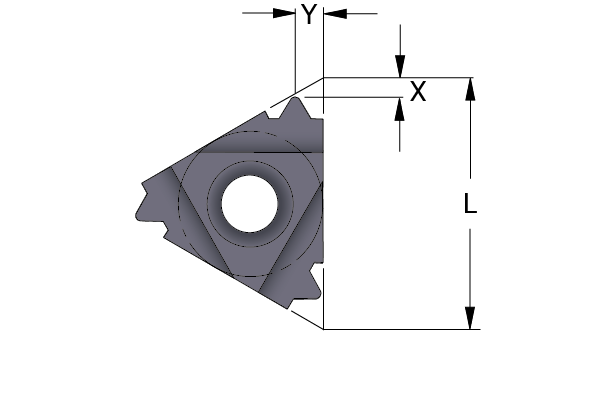
The X- measurement represents the distance from the cutting edge to the size of the insert (L). This measurement varies with the pitch of the insert.
Example:
For instance, if you’re using an SIR_0020_P16 toolholder with an 16IR_1.25ISO_FC insert, and the X-measurement for the 16IR_1.25ISO_FC insert is 0,8 mm (as found in our Catalogue or Online Store), the minimum bore diameter for the SIR_0020_P16 toolholder would be 22,9 mm as you can see in the PDF chart.
Additional Resources and Support
In conclusion, we are committed to ensuring precision in your thread turning tasks. Should you require any assistance in using our chart, selecting the appropriate toolholder and insert, or other inquiries, our technical support team is ready to help. Contact us at info@smicut.se.

